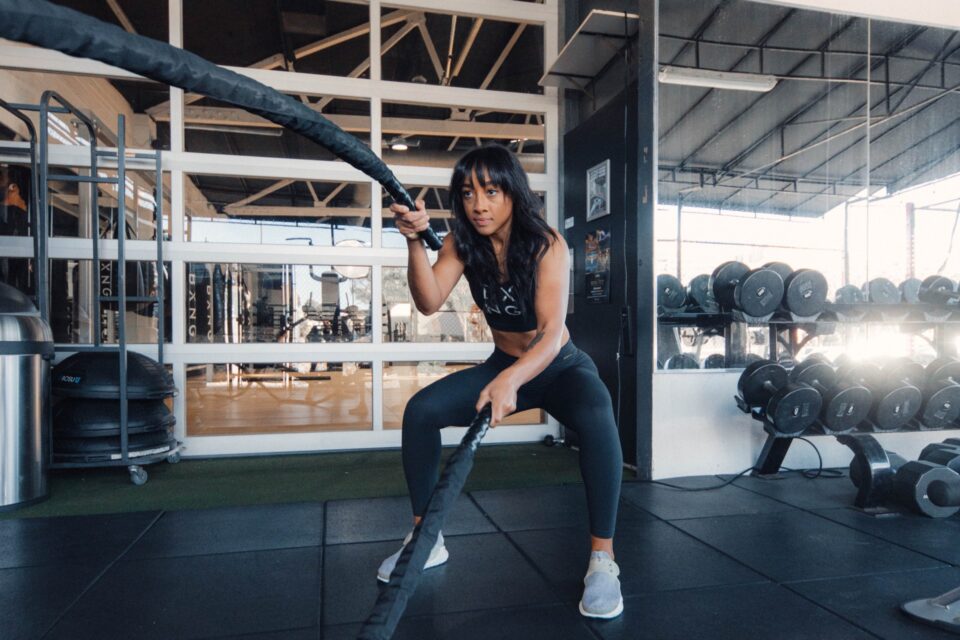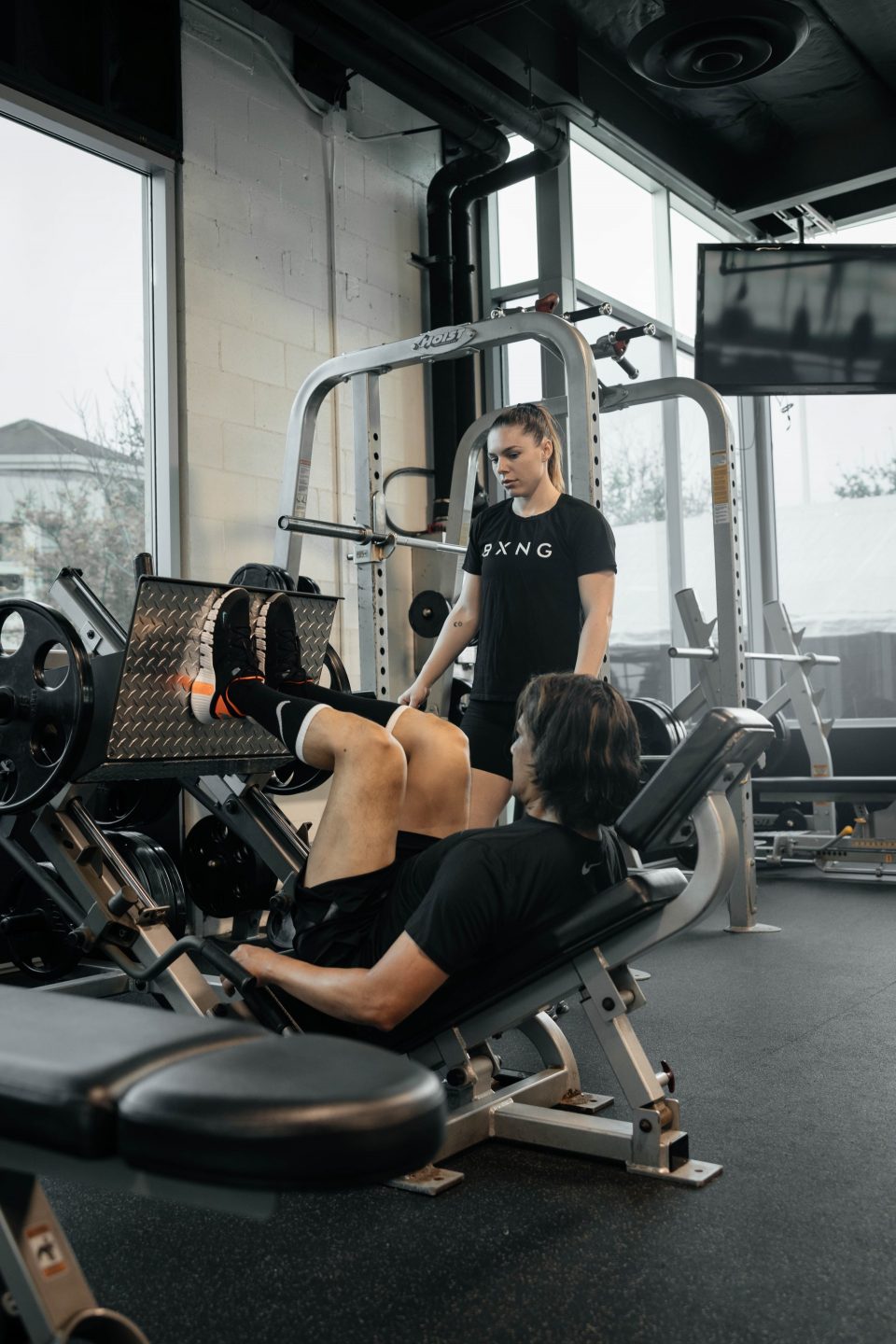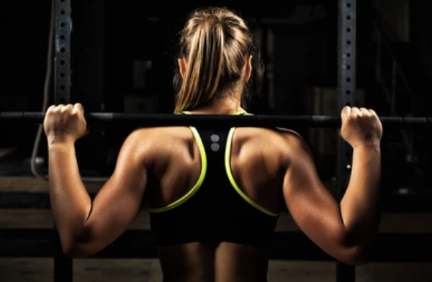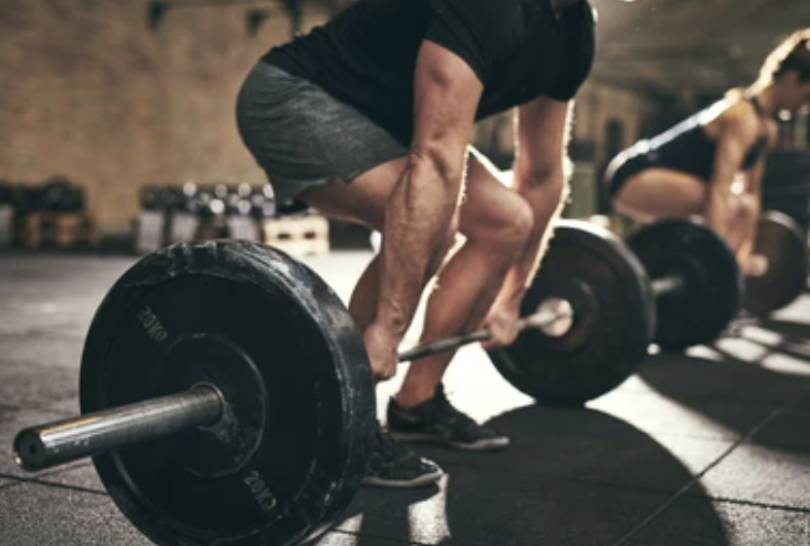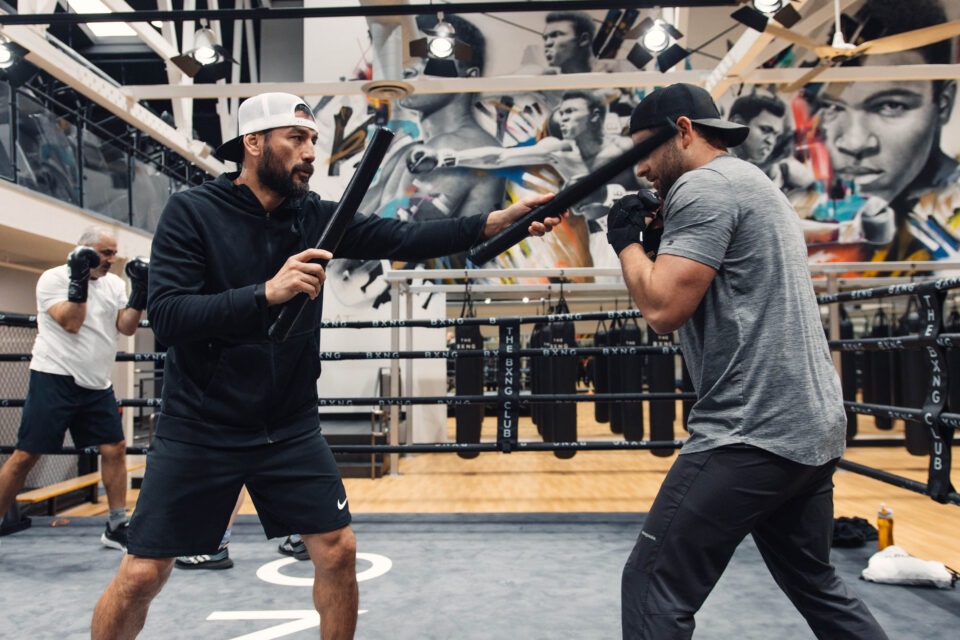Depending on who you are, a gym workout can be the dreaded moment for the day or the highlight. If the gym is a new part of your routine, it can feel daunting stepping into the gym without a familiar routine. Just like anything else that is new, a new gym routine for beginners can feel like the ultimate beginning.
Whether you’re starting out or starting again – we’ve got you covered. We can guarantee that you’ve seen workouts posted all over social media, TV, ads, magazines, etc. The good news is that it doesn’t have to take very long to feel more comfortable with beginner workouts and the gym setting.
Side note: This isn’t just for true beginners – this is for anyone who has taken an extended leave of absence from the gym or never received proper training before heading into the gym.
The Best Gym Workout Plan for Beginners
What’s a better place to start than at the beginning? The beginning is simply filled with a wide variety of opportunities and this the best gym workout to help get you started. If you’re new or making a comeback, it’s really important to build upon fundamentals to create a foundation.
Creating a workout split, or the types of workouts and scheduling relies heavily on motivation and lifestyle. This is the opportunity to be realistic and to be mindful to discourage from overstepping on your schedule.
Exercise should feel like a priority and that it somehow fits. If it doesn’t fit, you’ll stay a beginner forever.
A solid workout plan or split for beginners may look like this:
- Monday: Full-body strength
- Tuesday: Cardio
- Wednesday: Rest / Active recovery (go for a walk outside)
- Thursday: Upper-body strength
- Friday: Rest / Active recovery (go on a different walk outside)
- Saturday: Lower-body strength
- Sunday: Rest / Active recovery
Be mindful that this can vary depending on schedule and doesn’t have to necessarily go in this order, either. To build consistent habits and learn in the gym, it’s important that your split fits your schedule and your needs. Keep in mind to avoid back-to-back strength training days, especially at the start and training the same muscle groups two days in a row.
FIRST THINGS FIRST
Set aside time to run through a dynamic warm-up and some activation exercises to warm up your muscles.
Full-body workout
Total time: 45 minutes
Equipment needed: mat, dumbbells & exercise ball
WARM UP
Walk on the treadmill, jumping jacks, etc – something to get your heartrate up a little bit and body warm.
WORK OUT
SUPERSET: GOBLET SQUAT & TRICEP EXTENSION
Goblet Squat: 4 sets of 10
- Stand with your feet slightly wider than hip-distance.
- Hold a kettlebell or dumbbell with both hands.
- Bend elbows and keep the kettlebell / dumbbell close to your chest.
- Warm up by using no weight to get the feel for it and then add weight.
- Lock in your core and look straight ahead.
- Press hips back and bend knees to squat. Inhale as you move downward.
- Keep the chest tall and exhale as you come up.
Tricep extension: 4 sets of 15
- Lift the dumbbell over your head with both hands cupping one side of the weight.
- Extend both arms fully with an exhale and bring weight back down behind your head with elbows bent.
- As you reach the 90-degree bend at the elbow, bring the weight back up.
Determine the weight needed based on your baseline
SUPERSET: PUSH UP & BICEP CURL
Push ups: 4 sets of 10 (assisted on knees if needed)
- Brace your core and pull the belly button toward the spine.
- Inhale as you bend elbows and lower yourself to a 90-degree angle.
- Exhale as you contract chest muscles and push back through your hands.
Bicep Curl: 4 sets of 10
- Hold a bicep curl with your palm facing upward.
- Curl the dumbbell up slowly and keep the elbow very close to the body.
- Slowly lower the weight to the starting position.
SUPERSET: SINGLE LEG STEP UP & BODYWEIGHT SQUATS
Single Leg Step Up: 4 sets of 10 on each leg
- Place one foot resting on top of a box placed in front of you.
- Keep the resting foot on the box and push off the floor to step up with the other foot.
- As you step up, squeeze glutes, hamstrings and quads to stabilize the head.
- It generally helps to look straight ahead and find something to focus on.
Bodyweight Squats: 4 sets of 10
- Stand with feet shoulder-width apart and feet slightly pointed out.
- Lower the body until thighs are parallel to the floor.
- Pause and then bring yourself back up to the starting position.
SUPERSET: LATERAL RAISE & PLANK
Lateral Raise: 4 sets of 10
- Grab two dumbbells and stand with feet hip-width apart with a slight, slight bend in the knees.
- Keep posture tall with hips bent slightly forward.
- Hold dumbbells close to your sides and brace your core.
- Begin the upward movement by lifting arms away from the body.
- Raise arms until elbows are at shoulder height.
- There should be some tension in your shoulders and pause.
- Lower dumbbells towards legs in the same motion as you lifted them.
Plank: 4 sets of 30 seconds each
- Start off in the plank position on all 4 (similar to the push up earlier) – you can also use your elbows as well.
- Keep the head relaxed and looking down at the floor.
- Ignite the core and keep the body straight.
- Do not let your shoulder sink down or go up by your ears.
- Do not arch back or let the hips drop.
SUPERSET: SUMO SQUAT & BENT OVER ROW
Sumo Squat with Dumbbell: 3 sets until failure
- Flare feet out slightly and slightly lean forward with dumbbell at waist height.
- Push hips and butt back.
- Bend at the knee to squat down.
- Lower until you hit parallel and push off the floor to stand back up.
Bent Over Row with Dumbbells: 3 sets until failure
- Begin standing shoulder width apart and holding a dumbbell in each hand.
- Move forward until the torso is parallel with the floor.
- Drive elbows back behind the body and focus on the contraction in your shoulder blades.
- Bring the dumbbells toward the body until reaching halfway and then lower the dumbbells back down and return to the starting position in a controlled way.
Remember – there are so many different types of weight training exercises to learn, from machines, dumbbells, kettlebells, bodyweight, cable machines, leg press, free weights, and more, as well as cadence, tempo, time, etc. There are lots of exercises to try, so we’re confident that you’ll find strength training workouts that you can try alongside your cardio workouts to help you towards the goal of building lean muscle.
The more you practice and the more you keep curious, the more you can learn about what works best for your body. You’ll find yourself gradually graduating from that beginner title and progressing towards more advanced workouts that help you to achieve your fitness goals.
